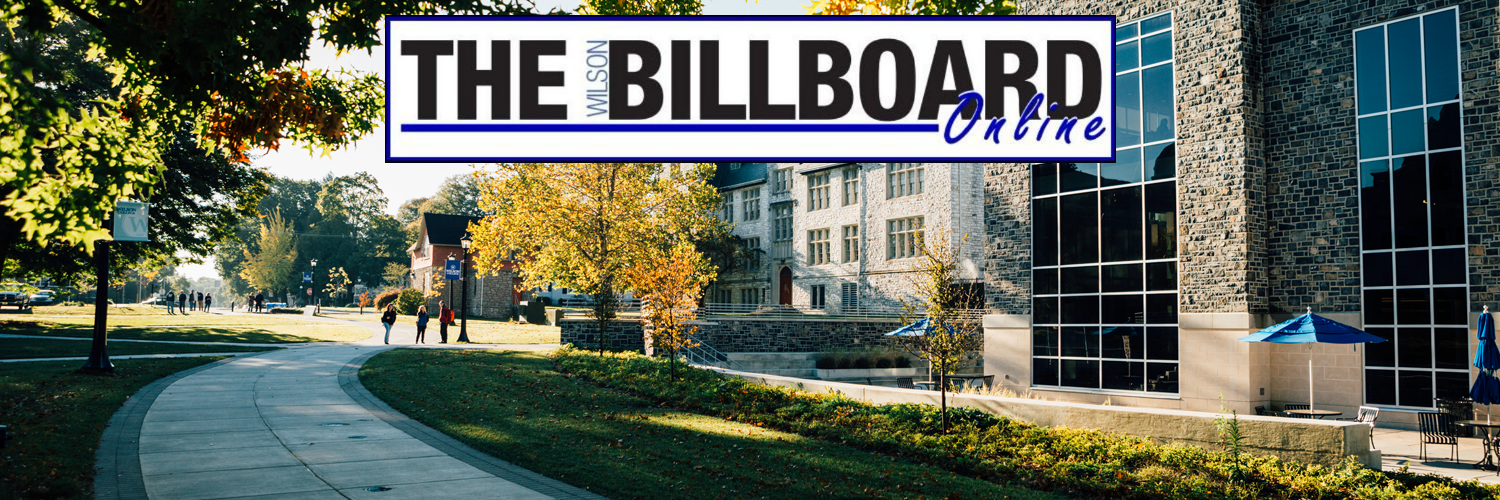A winter of light and warmth; many faiths celebrate the season
The United States is a melting pot for all cultural and ethnic backgrounds. End-of-year festivities bring the masses together for gift-giving and warm receptions. From the American Thanksgiving to the beginning of the Chinese New Year, winter brings a time of celebrations for many. While many Americans look forward to the end of December for Christmas, additional holidays exist in-between that promote joy and thanksgiving to others.
Often, traditions are celebrated within these holidays. Familial traditions such as Thanksgiving in my family, running 3.1 miles to earn your turkey, to social traditions like parades and galas, traditions give us more than that once-a-year-ugly-sweater-eye-roll; it gives us the meaning of togetherness and communal tidings. Our small campus is filled with these wonderful celebrations. The college unites these celebrations through our academic pursuits and communal living. Let us remain together throughout this season of jubilation, feasting, and observation.
Sarah Wain ’17 shares her time with her community and family in this time of year.
“I celebrate Christmas, because my family has always celebrated it. Some of the special traditions we do is spend time looking at other peoples’ lights after we go to church. We always watch The Nutcracker whether if it’s on TV or performed live. Another big tradition is that we donate to charities and we each get to open one present on Christmas Eve,” she said.
Many winter celebrations have beginnings with the celebration of the winter sun. The Winter Solstice celebration dates back to Neolithic times. It occurs mid-winter on Dec. 21 or 22 and marks the tilt of the earth’s axis. The Winter Solstice celebrates the shortest day of the year and the beginning of the gradual lengthening of daylight. The holiday recognizes the rebirth of the sun and many will gather at Stonehenge to watch the sunrise cast its light on the Neolithic monuments.
The Persian holiday Yalda also celebrates the sun in mid-winter. However, Yalda observes the morning of the longest night when Mithra, the Persian angel of light and truth, is born. Depending on calendar shift, observers of Yalda celebrate on Dec. 21 and Dec. 22. Yalda also marks the first day of forty days of winter.
Holidays can prove a big event and some just prefer quiet time with friends and family. However celebrated, holidays provide a time of friendship and unity.
Nadja Bruskin ’15 said, “I like to go home and hang out with my old friends there and fall in love with [my friend] Peter again.”
In the US alone, 6-million people celebrate Hanukkah, a Jewish festival. Hanukkah, the “festival of lights,” lasts eight days and eight nights and begins on the 25th day of Kislev, a month in the Jewish calendar. As part of this festival, observers burn candles on a Menorah which holds the nine candles, a new additional candle being lit each night.
Jessica Middleberg ’14 said, “I grew up Jewish so I celebrate Hanukkah. It’s a fun eight days of family, activities and food. I didn’t start celebrating Christmas until I was 14, and I do it for loved ones near to me. I really enjoy experiencing both holidays because I get to be a part of and learn about different religions and traditions.”
As an alternative to the religious traditions of Christmas, some people choose to celebrate Newtonmas in honor of the 18th century English physicist and mathematician, Isaac Newton, whose birthday fell on this day in the Old Style calendar. (Apple cider anyone?)
Gillian Barth ’14 will celebrate Newtonmas for the first time this year.
“I grew up celebrating Advent, Christmas, and New Year’s…I no longer celebrate Advent (being away from my parents) but secularly I still participate in Christmas and New Year’s gatherings with friends. The reasons for that are mostly social, as I am not religious. It’s just a good time to visit friends and people I haven’t seen in some time,” she said.
Kwanzaa, a non-religious based holiday that activist and former UCLA Professor Ron Karenga created in order to celebrate the African culture and heritage, takes place from Dec. 26 to Jan. 1. The first Kwanzaa occurred in 1966. Similar to the Menorah of Jewish tradition, seven candles are lit to represent the Seven Principles: unity, self-determination, collective responsibility, cooperative economics, purpose, creativity, and faith.
Katie Lacko ’16 said, “I celebrate Christmas with my family. My parents are Methodists and even though I have become an atheist, I still celebrate it because to me it symbolizes peace and love. To me, it’s about opening your heart.”
While all holidays and traditions prove special in their own rite, it is important to acknowledge all faiths and strive to live together peacefully during this season of celebrations. In this spirit, even the Grinch may bring a gift of good tidings this year.
